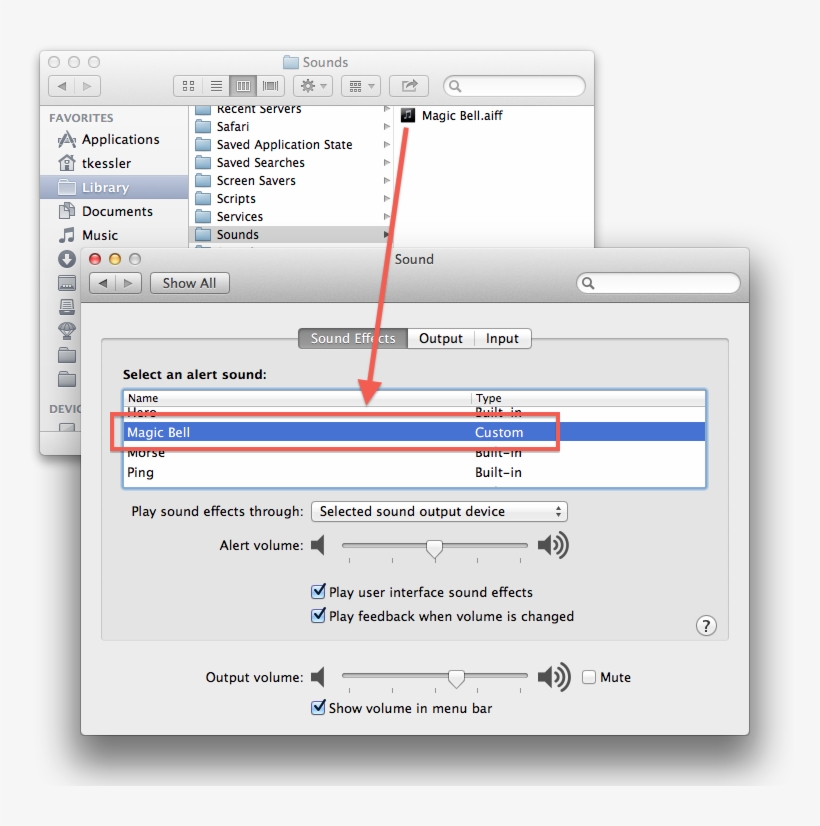The HeatWave Mac OS
Some Apple products contain sensors that respond when they detect temperature changes inside your system or device, turning on fans to bring cooling airflow to critical components.
About fan noise
If your device's processor is working on intensive tasks—such as compressing HD video, playing a graphics-heavy game, or indexing the hard drive with Spotlight after you migrate data—the fans run faster to provide additional airflow. You might hear fan noise when this happens, especially if you're in a quiet environment. This rushing-air sound is a normal part of the cooling process.
Heatwave - The Groove Line (Audio)Listen on Spotify - on Apple Music - http://smarturl.it/heatwaveituneshitsList.
Ambient temperature, the temperature outside the device, also plays a role in the fans' responsiveness. If the ambient temperature is high, the fans turn on sooner and run faster.
If you hear the fans in your Mac Pro running at full speed and you aren't performing any intensive tasks, check the enclosure. Make sure that your Mac Pro is locked and fully seated, or that the top cover or access door is closed and locked on rack-mounted models.
Make sure the vents on your Apple product aren't blocked
Some Apple products have vents that let fans bring in cool air and expel hot air. Make sure that the vents aren't blocked to allow your device to perform at its best.
- Remember that heat is a normal part of your Mac’s operation, and loud whirring fans means the machine is operating as normal in an attempt to cool itself down. What isn’t normal is a hot silent Mac, which could suggest that fans have failed.
- Rich in unforgettable characters, The Heatwave alternates between the past and present, grappling with what it means to love and fear a child in equal measure. With the lush landscape and nostalgia of a heady vacation read, Kate Riordan has woven a gripping page-turner with gorgeous prose that turns the idea of a summer novel on its head.

- Apple TV 4K has a fan and a vent at the bottom.
- Airport Extreme and Airport Time Capsule have fans and vents at the bottom.
- iMac has vents along the bottom edge and on the back.
- iMac Pro has vents along the bottom edge and on the back.
- Mac mini has vents at the bottom to bring in cool air from beneath the device and vent hot air from the back.
- Mac Pro has three fans on the front of the computer and vents on the front and back.
- MacBook Pro has vents along the side and on the back. MacBook Air computers have vents along the back near the clutch.
The surface your device rests on can block its vents, affecting fan behavior. If you use your device on a soft surface like a couch, pillow, bed, or your lap, its fans might run more. Using your device on a hard, flat surface like a table or desk is best for temperature control.
Learn more
If the fans in your Mac run fast even when it isn't experiencing heavy usage and is properly ventilated, you might need to reset the System Management Controller (SMC) on your Mac. If you're experiencing this issue on an Apple TV 4K, Airport Extreme, or Airport Time Capsule, unplug the device, then plug it back in.
Learn more about the operating temperature of Apple notebook computers.
Developer: Suspicious Developments
Release date: 2017
Version: v09.10.2018 + Full Game
Publication Type: Informal
Interface language: English
Tablet: Sewn
Platform: Intel only
To bookmarksHeat Signature (2017) is an action stealth video game developed by Suspicious Developments, the studio behind 2013's Gunpoint. The game consists of boarding procedurally generated spaceships from a top-down perspective.
Gameplay
Heat Signature is an action and stealth video game played from a top-down view. Players take control of a member of a group of space mercenaries who embarks on a variety of missions such as hijacking space vessels, stealing technology, assassinating crew members, rescuing captives, and more. Operating from a central base, mercenaries take on missions that require the player to fly the mercenary via a small shuttlecraft to a travelling ship, dock with it, and then infiltrate the ship and return to home base safely. The ultimate goal is to liberate the strongholds of each of the four factions in a randomly-generated nebula. The nebula serves as a tech tree, allowing the player, with each liberation, to unlock various items, such as guns, gadgets, explosives, or pods. Each station within the nebula also includes a defector mission, which are specially developed missions that, in a way, operate as different challenges for the player to attempt; as they offer no monetary gain, these missions are typically completed out of leisure or as a way to practice for standard missions. The layouts of the nebulae, the ships, their crew, and missions are procedurally generated, similar to games of the roguelike genre.
Mac Os Catalina

Normally, the game operates in real time. At any time, the player can pause the game, which then provides a menu screen that provides additional options for the player to perform, such as switching weapons, picking up or dropping inventory items, or taking remote control of the shuttle, as well as to plan their next move, such as selecting a target for their attack. This can be done indefinitely, allowing for stunts such as picking up the weapon of a fallen enemy, equipping it, and using it against another target all while in this pause screen. Thus, the game often becomes much more about prediction and somewhat turn-based strategy rather than devising and implementing tactics in real time.
Screenshots from the game Heat Signature
Mac Os Versions
- OS: Mac OS X 10.8.4
- Processor: 1.7GHz dual-core CPU
- RAM: 8 GB
- HDD: 200 MB on the hard drive
- Video Card: Intel HD 5000